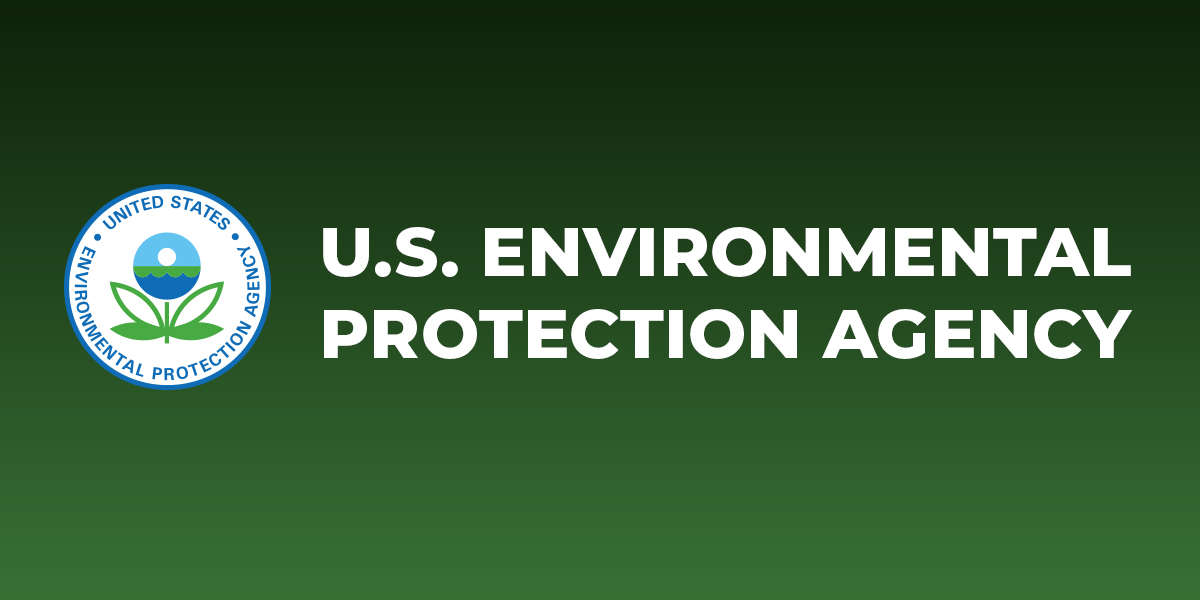Are there listed driving parameters around what led to the 304 EPA estimate milage (i.e. was it perfect driving conditions and not using any excess energy such as ACs or is that you avg typical condition?). The reason I ask is because I just saw the new report that dropped yesterday stating hot weather can reduce range by up to 31%. I live in Louisiana so the estimate is about 25% for me. My daily commute is 140 miles round trip and if I'm not charging past 80%, that puts me in a very tight spot. Starting to regret my pre-order of the M3P if that 304 listed milage is absolutely perfect conditions.





